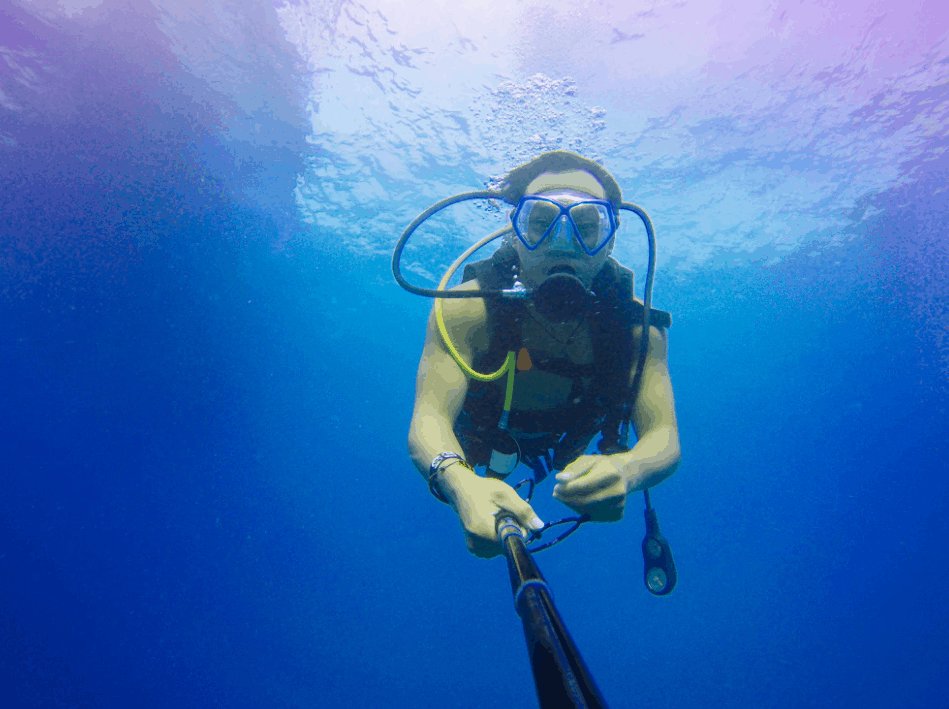6 Tips for Easy Equalizing After a Dive
Our ears are incredibly complicated organs. Not only do we perceive sound through them but they also play a critical part in helping us to maintain our balance. No one knows this more than people who scuba dive. Divers are vulnerable to ear problems because the delicate mechanisms that govern our hearing and balance are exposed rapid changes in pressure that result from diving.Therefore, we must learn to “equalize” after we resurface or all manner of complications can result to the ear and to our sense of balance. Here are six tips for easy equalizing:
- Start early: According to the Dr. Ernest S. Campbell, webmaster of “Diving Medicine Online,” you should begin to gently equalize your ears even before you dive. Campbell says that chewing gun is one method that seems to help between dives.
- Use the Valsalva Maneuver: Descending feet first takes 50% more force than it takes to descend heads up. Therefore, it is easier to equalize in this position when you first descend than from a head first position. Also, try using the Valsalva Manuever. Pinch your nostrils (or close them against your mask skirt) and blow through your nose when resurfacing.
- Use a descent line: Use a descent line: A descent line – such as an anchor or mooring line – helps you to control your rate of decent much better. By not using a descent line, you will have relatively little control over your rate of descent. Finally, a descent line helps you to avoid the more serious complications that come with barotrauma.
- Clear your mask of any water: Water causes mucous to clog your ears and nose. This can make equalization more difficult than it would otherwise be.
- Avoid alcohol, smoking and mucus producing foods: Smoking, tobacco and certain producing foods irritate the mucus membranes and can block your Eustachian tubes. Your Eustachian tubes connect the middle ear to the nasopharynx and controls the pressure within the inner ear.
- Try different techniques of equalization: Try different techniques of equalization: In addition to the Valsalva Maneuver which we’ve already described, divers may wish to try these other techniques to help with equalization: Toynbee Maneuver, Frenzel Maneuver, Lowry Technique and the Edmonds Technique. Each has its supporters and detractors so you may wish to experiment to see which works best for you.
Finally, the best advice we can give is that practice makes perfect. The more dives you have the more your knowledge will increase. You will learn which equalization techniques work best for you through trial and error. You can experience the dive of a life time during our custom diving packages in Maui. We also have private scuba lessons in Maui taught by PADI certified instructors.


